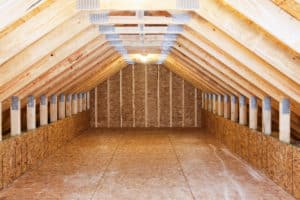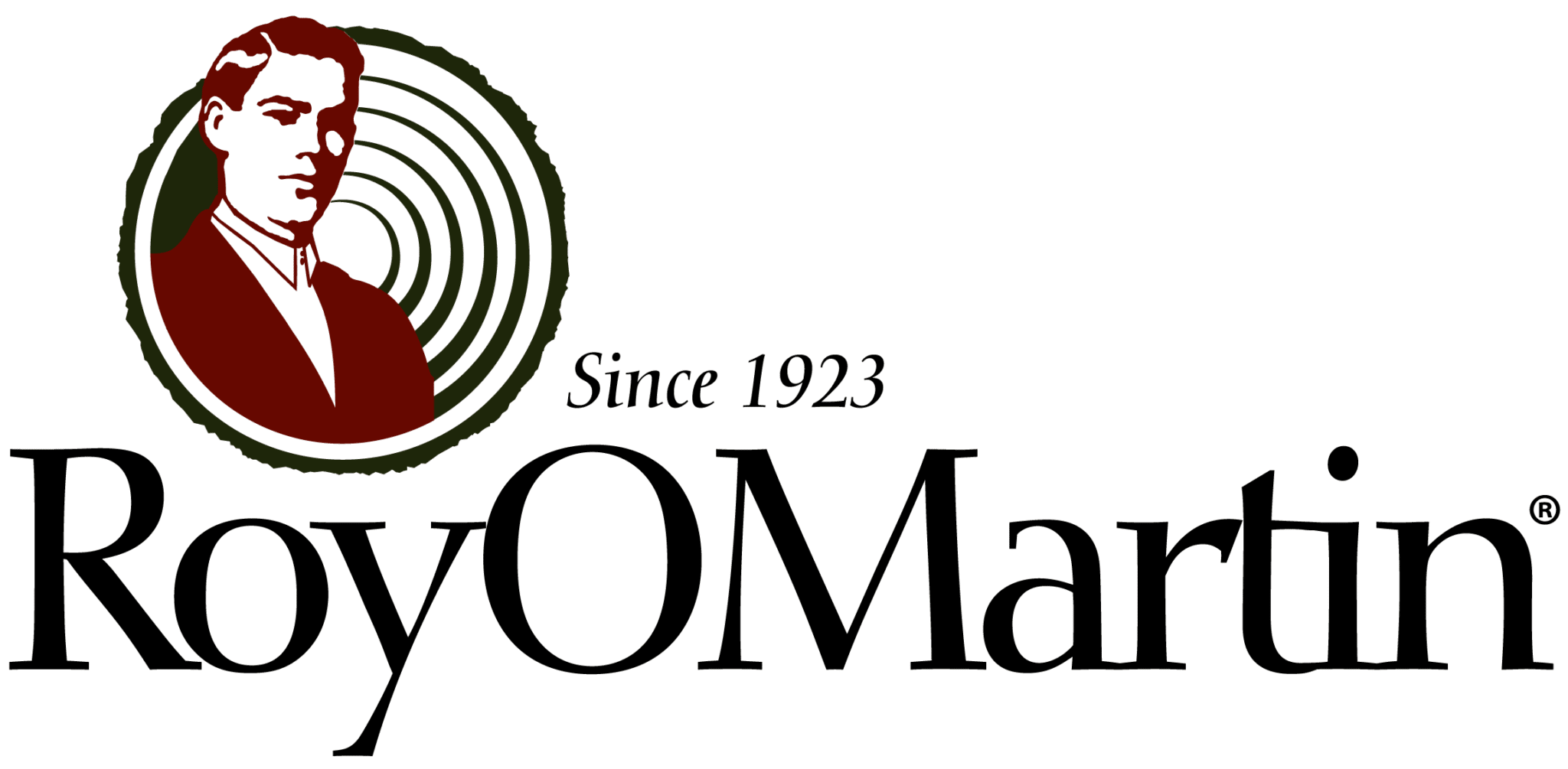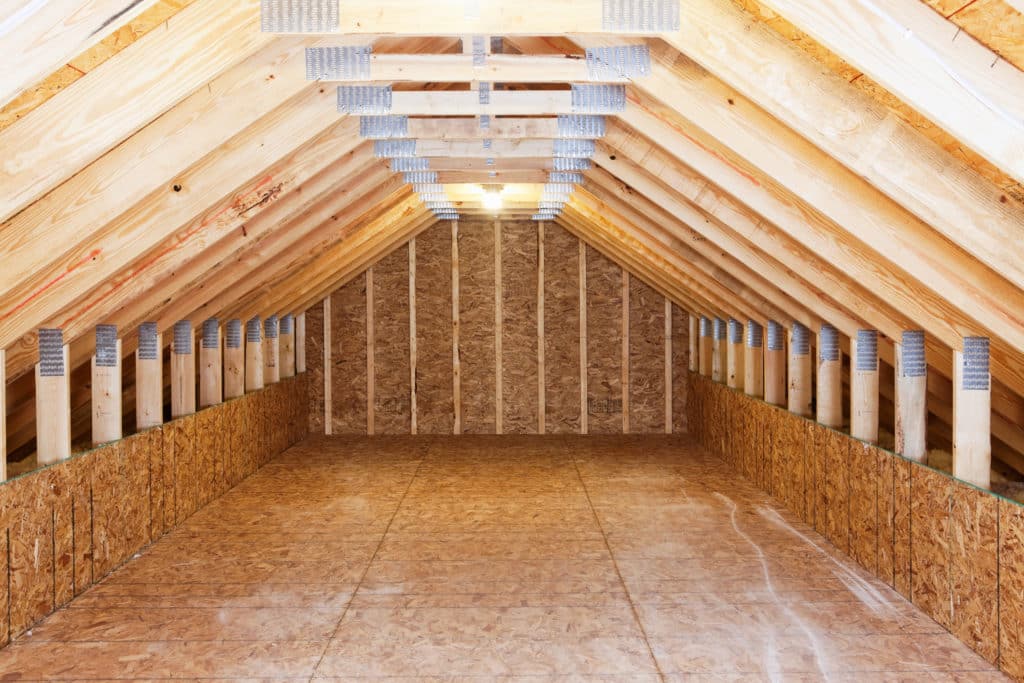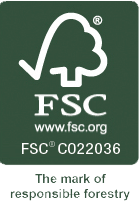When you’re getting ready for your next project, you need to make sure you’re picking the right materials for the job. Choosing the wrong materials can cost you time and money while you try to remedy the problem. And, if you are trying to decide between OSB vs plywood, this rings especially true.
But, how can you know which material will be best for your project? And are there instances where either material would make a good choice? Let the wood product experts at RoyOMartin explain the pros and cons of using OSB and plywood. Then, you can make an informed choice that can ultimately save you time, money, and headaches on your next repair, remodel, or build.

OSB vs. Plywood
Once you know more about the differences between these wood products, you can choose the one that suits your needs best. RoyOMartin offers an excellent selection of high-quality OSB and plywood products designed for a variety of uses. So, if you want to know about some of the main differences between OSB vs plywood, you’ve come to the right place. Read on to learn about the pros and cons of choosing these materials.
What Is OSB?
OSB, which stands for “oriented strand board,” is a wood product that is commonly used for sheathing and floor work. It’s grown in popularity as a generally more affordable plywood alternative for projects such as roof and wall sheathing as well as subflooring and underlayment. This building material consists of wood strands that are tightly pressed together and combined with resin or glue under high heat.
OSB Advantages
In terms of OSB vs plywood, OSB has several unique advantages. For one thing, as previously mentioned, OSB is typically more affordable than plywood. And, according to the Engineered Wood Association (APA), both OSB and plywood fall under the Structural I (STRUC I) subcategory of APA-rated sheathing. This places them in close enough proximity to each other in terms of strength and durability that they both share the same subcategory.
OSB is also available in larger sheets compared to plywood (16-foot sheets for OSB vs 8- or 10-foot sheets for plywood), which can make it the better choice for projects that may require longer panels.
Additionally, radiant barrier OSB panels, such as Eclipse™ OSB Radiant Barrier, provide unique advantages as roof sheathing materials. Eclipse™ OSB Radiant Barrier has been shown to reduce attic temperatures by as much as 30°F. That’s because it’s specifically designed to reflect the sun’s heat, keeping attics and homes cooler while reducing energy costs.
What Is Plywood?
Similar to OSB, plywood consists of wood that is tightly pressed together and fused with an adhesive. However, unlike OSB, plywood is created using sheets of wood instead of strands. Layers of wood are pressed together to form a strong, single piece of material. The layers are combined so that the wood grain of each layer is positioned at a right angle against the board next to it. This design gives plywood its characteristic sturdiness while also offering some flexibility.
Plywood Advantages
Plywood can be used for many of the same sheathing purposes as OSB. Again, both OSB and plywood are recognized as STRUC I materials by the APA, similar in terms of strength and durability. However, plywood is generally recognized as more resistant to water, with OSB edges sometimes swelling after exposure to moisture. Additionally, plywood is available in several different finishes. And, it is used for projects outside of sheathing, subflooring, and underlayment. These include:
- Furniture
- Stereo equipment
- Musical instruments
- And more
Depending on the nature of the project, the fact that plywood can be used in finish work also gives it a unique advantage over OSB.
OSB vs. Plywood: Which One Can Meet Your Needs Best?
In summary, when it comes to roof and wall sheathing or subflooring and underlayment—both OSB and plywood will make fine choices in most scenarios. However, there are a few differences between the two that may influence your decision.
OSB
- Generally cheaper
- Radiant barrier can lower energy costs
- Available in larger sheets compared to plywood
Plywood
- Greater water resistance
- Can be used in finish work
- Versatile, has several uses outside of sheathing, subflooring, and underlayment
So, if you’ve been struggling to decide between OSB vs plywood, both choices provide several unique advantages. It ultimately comes down to deciding which material has features that can benefit you and your next project best.
Find Quality Wood Products at RoyOMartin
Choose from our large selection of OSB and plywood to find the right wood products for your next project. We offer several varieties to choose from, and all of our products are available Forest Stewardship Council® (FSC®) certified. So, you can rest assured that sustainability is at the heart of what we do.
Have any questions about our products? Get in touch with us by calling 800-299-5174 or contacting us online. Let us help you find the right plywood or OSB for your next project.







